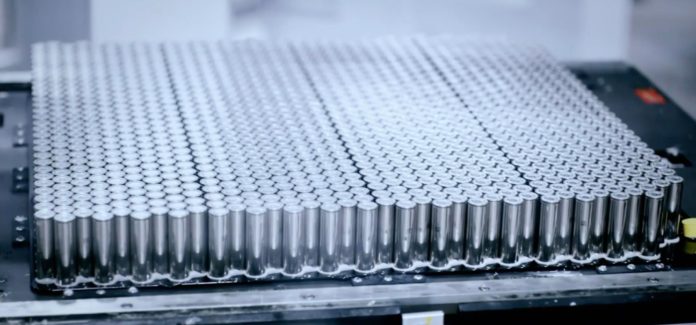One of the biggest concerns prospective Tesla buyers have is the potential cost of a full battery replacement. Spoiler: it’s expensive, but it’s also rarely a practical worry in real life. Here’s why this cost becomes mostly irrelevant.
The cost is comparable to the cost of replacing a full engine in a fossil fuel car. It’s expensive, but the vast majority of car owners will never need to do this.
1. Typical Replacement Costs
Depending on the model and whether you get a remanufactured or brand-new pack, replacement costs typically fall into these ranges:
| Model | Estimated Replacement Cost (Parts + Labor) |
|---|---|
| Model 3 Standard Range (≈55 kWh) | ★ $12 k–$14 k |
| Model 3 Long Range / Model Y (≈75–82 kWh) | ★ $14 k–$16 k |
| Model S / X | ★ $18 k–$25 k |
Remanufactured packs are about $10 k–$16 k, and brand-new ones will be more than that. Labor is usually $2 k–$3 k depending on complexity and location .
2. Most Failures Happen Under Warranty
Tesla’s battery warranty covers 8 years—up to 100,000–150,000 miles, depending on the model—with a guaranteed minimum of 70% capacity retention. Virtually all battery issues occur within this period, meaning replacements are typically free. Beyond that point, batteries become extremely reliable, and failures are rare.
3. Accident Damage Is Covered by Insurance
If your battery is damaged in a collision or another incident, it’s treated like any component under your comprehensive or collision insurance. That means your insurer handles the repair or replacement—not you. Some battery casings can’t be repaired, so insurers often replace the whole pack, but that’s usually included in your claim.
4. Battery Costs Are Falling Over Time
The cost of lithium-ion batteries has dropped about 87% since 2010, and prices continue to decline as technology advances. LFP cells, now more common, cost even less and last longer, making future replacements even more affordable.
5. The Battery Will Likely Outlast the Car
Real-world data shows Tesla batteries retain 80–90% capacity even after hundreds of thousands of miles. They’re built to outlive the rest of the vehicle. In fact, Tesla has registered cars over 500,000 miles with no battery replacement needed. If the rest of the vehicle wears out first, the battery simply doesn’t become a limiting factor.
Final Thoughts
Yes, a full battery replacement can be costly—$10–25 k out-of-pocket—but this is the exception, not the rule. Here’s why it doesn’t usually affect your ownership experience:
- Most failures occur under the warranty, so you’re not paying.
- Accident damage is covered by insurance, not you.
- Battery pack prices are trending down, and newer chemistries last longer.
- Batteries typically outlive the car, reducing replacement frequency to zero for many owners.
So while the sticker shock is real, for most owners it’s a non-issue. It’s far more likely you’ll sell or scrap your Tesla before needing a main battery replacement—making it a worry-free element of EV ownership rather than a looming expense.


